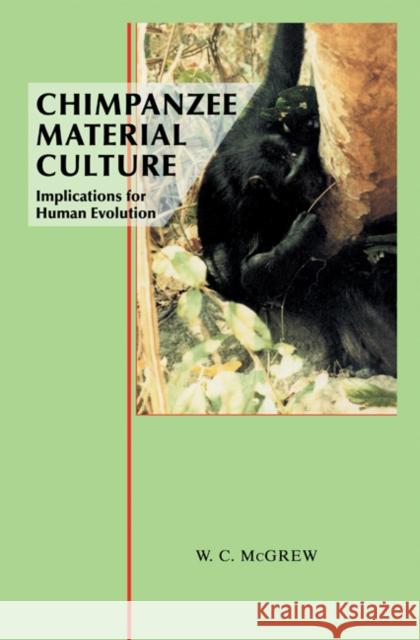Chimpanzee Material Culture » książka
Chimpanzee Material Culture
ISBN-13: 9780521413039 / Angielski / Twarda / 1992 / 296 str.
The chimpanzee of all other living species is our closest relation, with whom we last shared a common ancestor about five million years ago. These African apes make and use a rich and varied kit of tools, and of the primates they are the only consistent and habitual tool-users and tool-makers. Chimpanzees meet the criteria of a culture as originally defined for human beings by socio-cultural anthropologists. They show sex differences in using tools to obtain and to process a variety of plant and animal foods. The technological gap between chimpanzees and human societies that live by foraging (hunter-gatherers) is surprisingly narrow at least for food-getting. Different communities of wild chimpanzees have different tool-kits and not all of this regional and local variation can be explained by the demands of the physical and biotic environments in which they live. Some differences are likely to be customs based on socially derived and symbolically encoded traditions. This book describes and analyzes the tool-use of humankind's nearest living relation. It focuses on field studies of these apes across Africa, comparing their customs to see if they can justifiably be termed cultural. It makes direct comparisons with the material culture of human foraging peoples. The book evaluates the chimpanzee as an evolutionary model, showing that chimpanzee behavior helps us to infer the origins of technology in human prehistory.











